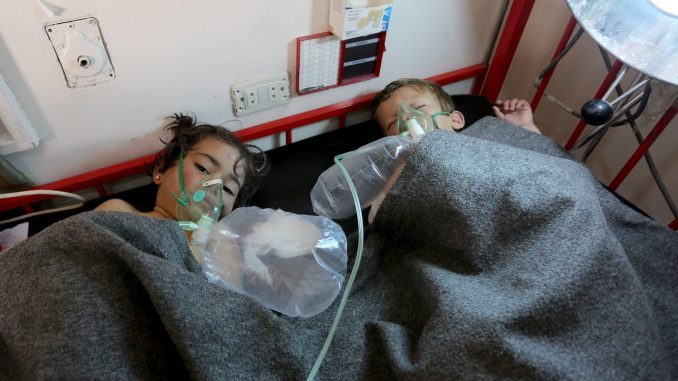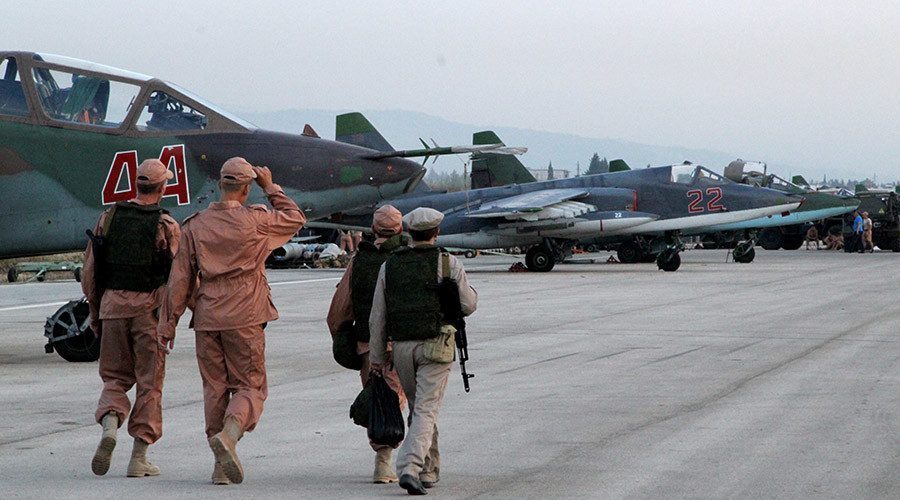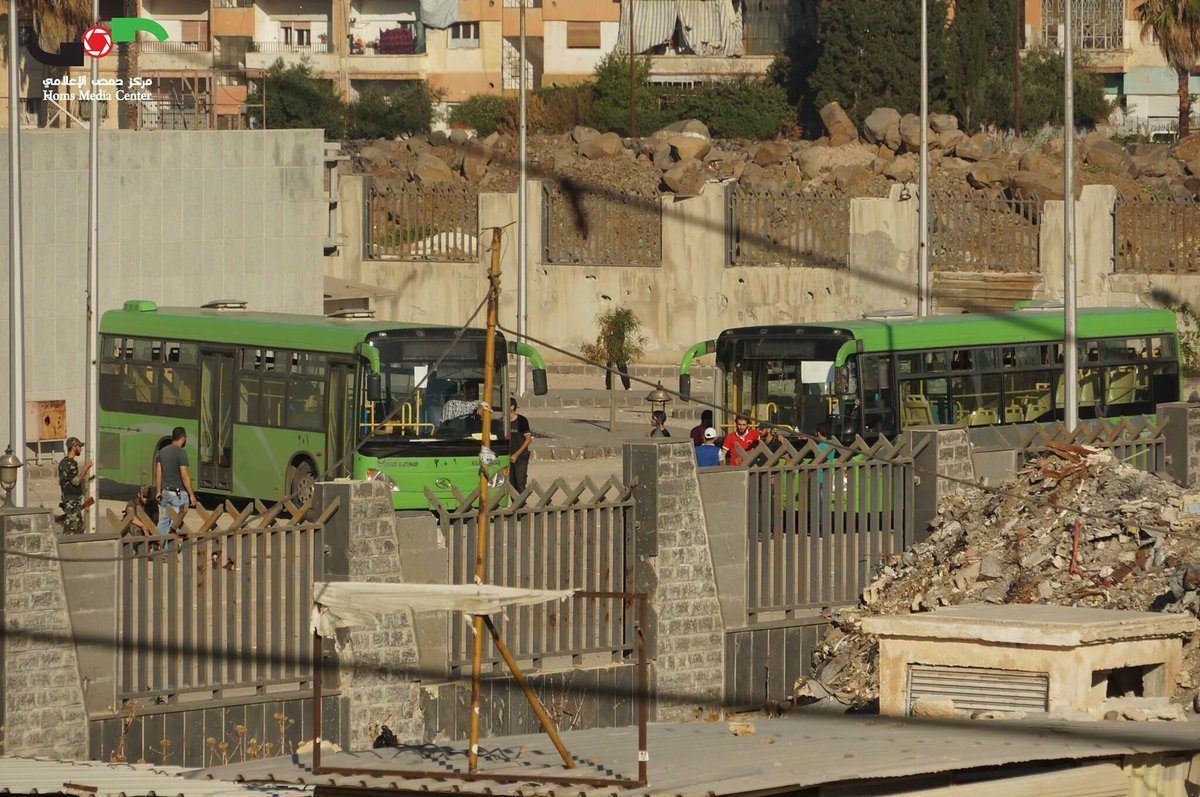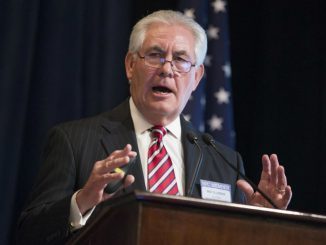
U.S. Defense Secretary Jim Mattis said on Friday that Syria’s Assad regime still has chemical weapons that were retained despite claims of handing them over and that its warplanes were moved in recent days to prevent future attacks.
More than 87 civilians were killed in Syria in a new chemical attack carried out by Assad regime’s air force on the rebel-held Idlib province on April 4.
The Syrian Observatory for Human Rights said the attack caused many people to choke or faint, and some had foam coming from their mouths, citing medical sources who described the symptoms as possible signs of a gas attack. All the children were under the age of eight.
Medical sources said that more than 300 other civilians were injured in this attack, and many of them were transferred to hospitals near the Turkish borders or inside Turkey, where poison tests were made.
In a sharp escalation of the U.S. military role in Syria, two U.S. warships fired dozens of cruise missiles from the eastern Mediterranean Sea at the airbase controlled by Assad regime forces from which the attack as carried out.
Trump ordered the strikes just a day after he pointed the finger at Assad for this week’s chemical attack.
“Tonight I ordered a targeted military strike on the airfield in Syria from where the chemical attack was launched.”
“Years of previous attempts at changing Assad’s behavior have all failed and failed very dramatically,” Trump said on Thursday.
Russia condemned the strikes, saying Washington’s action would “inflict major damage on US-Russia ties”, according to Russian news agencies.
But the US allies backed this move, calling for more pressure on Assad regime and blaming Russia for backing Assad accusing Putin of taking part in killing the Syrian civilians.
Assad regime still has chemical weapons
The US Defense Secretary Jim Mattis spoke alongside his Israeli counterpart, Avigdor Lieberman, as part of a tour of the Middle East, and addressed reports that Assad regime still had a significant amount of chemical weapons.
“There can be no doubt in the international community’s mind that Syria has retained chemical weapons in violation of its agreement and its statement that it had removed them all. There is no longer any doubt,” Mattis told reporters.
An unnamed Israeli military officer told reporters Wednesday that Assad still had a “few tons” of chemical weapons despite his pledge to destroy them under a 2013 agreement. It is unclear whether the Israeli officer was talking about sarin — the type reportedly used in the April 4 attack — or chlorine. Assad has regularly used chlorine during the crisis against the Syrian civilians.
Sarin was last used in Syria in 2013. The attack killed hundreds and nearly saw the U.S. launch strikes on Syrian military facilities. A last-minute deal, brokered in part by Russia in October 2013, instead made Syria pledge to destroy its chemical weapon stockpiles and sign the Organization for the Prohibition of Chemical Weapons ban to ensure that the weapons were not used in the future.
The same group confirmed that sarin — a prohibited substance under the ban — was used in the April 4 attack.
“The bottom line is, I can say authoritatively, they have retained some [chemical weapons]. It’s a violation of the United Nations Security Council resolutions, and it’s going to have to be taken up diplomatically,” Mattis said.
Mattis also addressed reports that Syrian warplanes had relocated to Russia’s air base in northwestern Syria to avoid future attacks after the U.S. cruise-missile strikes. While he would not say where the planes had gone to, Mattis said Syrian forces had “dispersed their aircraft in recent days.”
Pentagon officials said that the cruise-missile strikes had destroyed roughly 20 Syrian aircraft. If true, the lost jets would moderately hamper a Syrian air force already significantly reduced after dozens of losses over the years.
The Syrian crisis began as a peaceful demonstration against the injustice in Syria. Assad regime used to fire power and violence against the civilians and led to armed resistance. 450.000 Syrians lost their lives in the past five years according to UN estimates, and more than 12 million have lost their homes.



